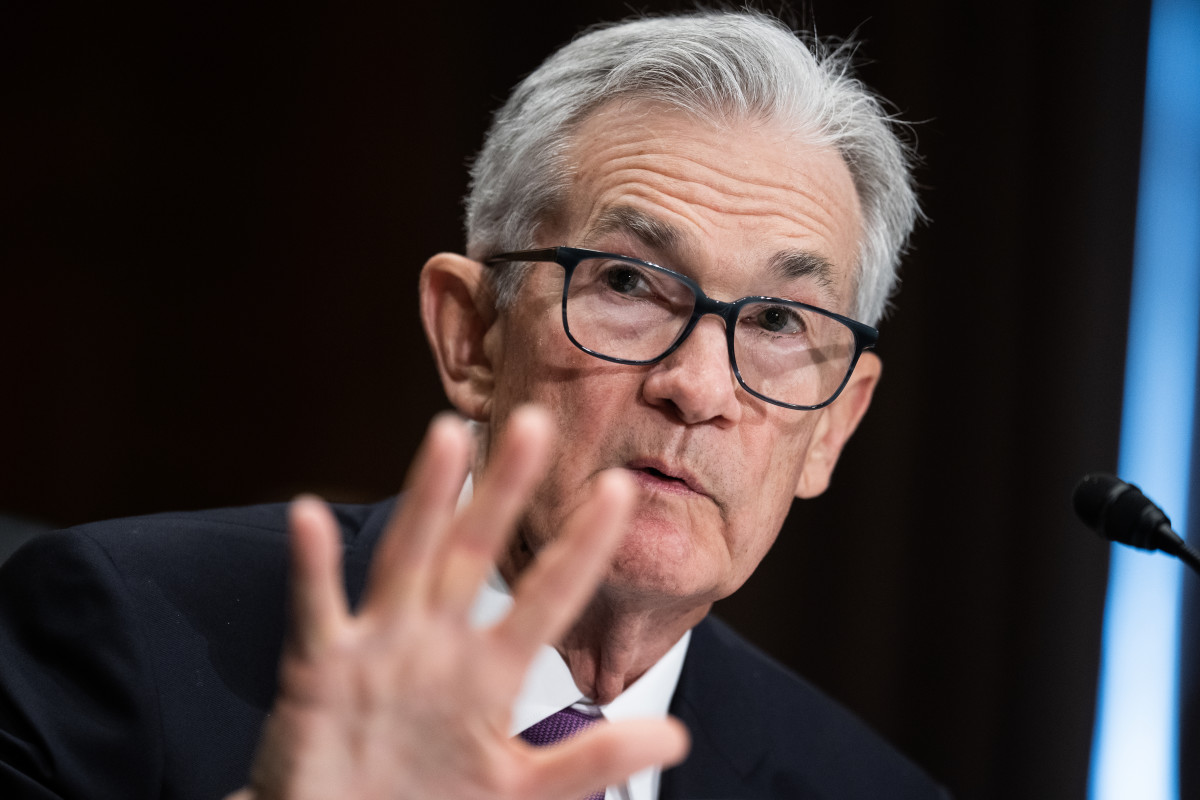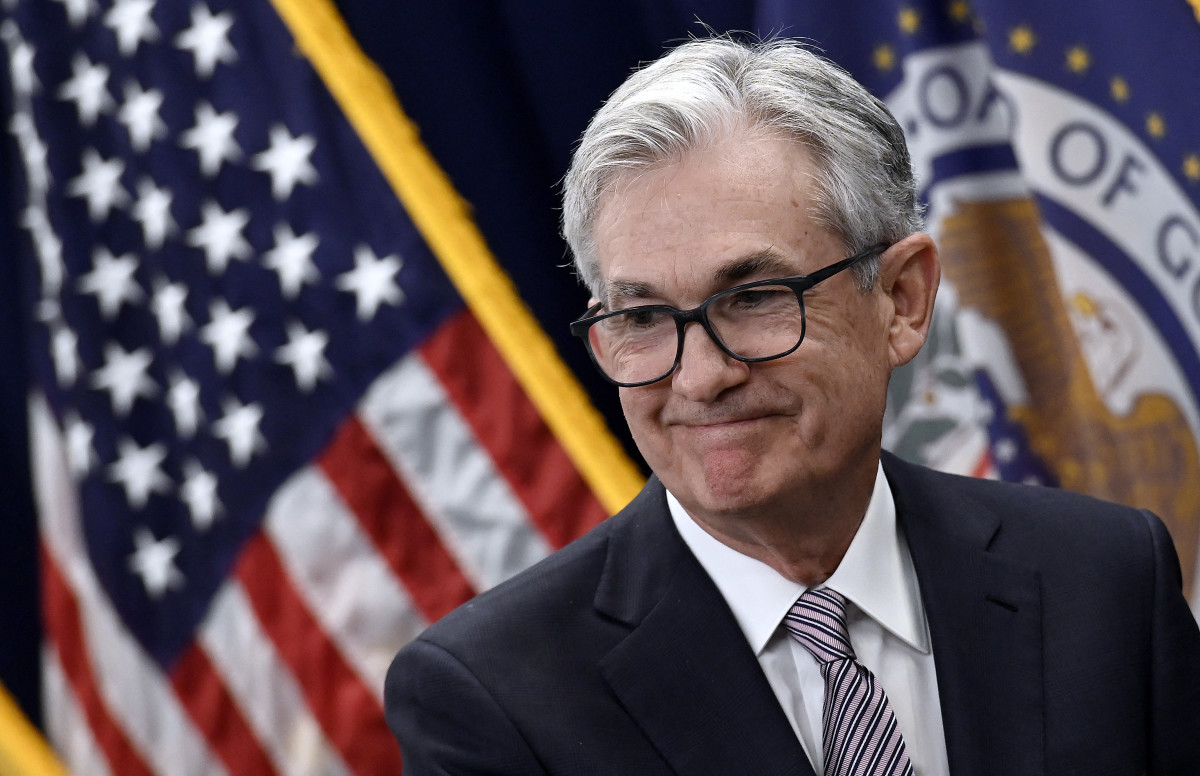
Global investors are braced for a key March inflation report that is expected to either challenge or support the Federal Reserve's interest-rate-cut projections over the back half of the year, while potentially priming the pump for broader gains in markets worldwide.
But the kind of clarity investors are seeking isn't likely to be found in the consumer price index (CPI) inflation data reported on April 10. That's because the increasingly complex backdrop of rising commodity prices, a resilient domestic economy and a puzzlingly strong labor market points to further price pressures over the coming months.
That's likely to leave the Fed deeply imbedded in its "wait and see" approach to springtime interest rate-policy easing. In fact, it quite possibly could lead to a tweak in second-half projections — rather than an actual rate cut — when the central bank meets in June.
"While investors seem to be anxiously awaiting easing monetary policy, the current environment does not quite scream 'rate cuts!'" says Jason Pride, chief of investment strategy and research at Glenmede.
"With a strong labor market, expanding manufacturing and climbing commodity prices, the Fed will likely be in no rush to cut rates."

Rate-cut forecasts for this year have fallen to the lowest levels since last October, with traders pricing in just 2 1/2 quarter-point reductions, compared with an early-year peak of as many as seven.
The odds of a June reduction, which traded as high as 73% last month, were last pegged on CME Group's FedWatch at around 53%.
'We can and will be careful' on rates: Fed's Powell
"The decision to begin to reduce rates is a very, very important one," Fed Chairman Jerome Powell told an economic event in San Francisco late last month. "The economy is strong right now, and the labor market is strong right now. And inflation has been coming down. We can and we will be careful about this decision because we can be."
The paring of forecasts for interest-rate cuts is tied to a host of economic data, but rests largely on both the resilient jobs market, which has added more than 840,000 positions so far this year, and the longest streak of sub-4% unemployment since the Vietnam War.
Parallel data, in the form of both ADP's National Employment report and the Labor Department's tally of unfilled positions, suggest both robust wage gains for job changers of around 10% and 8.8 million roles that companies want to staff.
Related: Americans doubt the economy's stunning success — they shouldn't
Those gains are set against the ongoing rise in commodities prices, which has taken WTI crude to the highest levels since late October and could push gasoline costs past $4 per gallon into the summer months.
Geopolitical concerns tied to conflicts in Eastern Europe and the Middle East, meanwhile, have the potential to trigger another spike in global crude prices, which have traded firmly north of $90 a barrel over the past week.
It's not just oil; metals prices are surging
Global copper prices are also on a tear, rising to an all-time high of more than $10,500 per ton in Shanghai on the back of bets that China's economy will rebound over the second half. That could lift global growth prospects, and inflation pressures, along the way.
The collective inflation pressures are likely to find their way into headline CPI readings for March — where analysts see it quickening to 3.4% from the 3.2% reading in February — and well into the spring and beyond.
That could mute the impact of the modest easing expected in both the month-on-month and year-on-year readings for core inflation, which strips out volatile components such as food and energy. Economists are forecasting readings of 0.3% and 3.7% respectively in the March CPI report.
"The Fed would like some softening-inflation-data cover that provides a talking point before they actually cut interest rates to soften any unfair accusations of eventual cuts being political, since we are in a presidential election year," said David Bahnsen, chief investment officer at Bahnsen Group in Newport Beach, Calif.
Core inflation slowing, headline quickening
What may prove more challenging for the Fed, however, is articulating the case for interest rate cuts in an environment where headline inflation is accelerating and core pressure are easing.
Wall Street is likely to cheer such a development, as asset prices will leap and stock markets could retest their recent all-time highs. But the average consumer on Main Street may feel as if the Fed is serving one cohort at the expense of another.
The National Federation of Independent Business, in fact, published its benchmark survey of ownership sentiment on Tuesday. The report showed the headline component falling to the lowest level in 11 years, largely as a result of sustained inflation pressure.
Related: Key inflation report may derail interest-rate cuts
“Small business optimism has reached the lowest level since 2012 as owners continue to manage numerous economic headwinds,” said chief economist Bill Dunkelberg. “Inflation has once again been reported as the top business problem on Main Street, and the labor market has only eased slightly.”
A record run for gold prices
The New York Fed's consumer-sentiment poll, meanwhile, noted that year-ahead inflation forecasts were stuck at 3% in March but also showed that the largest number of respondents in four years were worried about making debt payments.
That could be why gold has produced all-time highs for eight consecutive trading days, taking spot bullion prices 14% higher on the year to $2,365.09 per ounce. Investors are seeking a safe-haven play amid the perceived degradation of major global currencies.
"The key driver of the outlook for gold prices for the past year has been Fed policy, with rising optimism surrounding the central bank inching closer to the much-anticipated pivot fueling the precious metal’s rally," said ING analyst Ewa Manthey.
Related: Jobs report smashes forecasts as red hot labor market confounds Wall Street
That pivot could be delayed into the summer, and possibly beyond, at least in the view of Minneapolis Fed President Neel Kashkari.
"If we continue to see inflation moving sideways, then that would make me question whether we need to do those rate cuts at all," he told Pensions & Investments last week.
"There's a lot of momentum in the economy right now," he added, while even suggesting that rate hikes aren't "off the table, but they are also not a likely scenario given what we know right now."
More Economic Analysis:
- Bond markets tell Fed rate story that stocks still ignore
- February inflation surprises with modest uptick, but core pressures ease
- Vanguard unveils bold interest rate forecast ahead of Fed meeting
Rate-hike bets aren't part of the market's forecast just yet, but the lack of inflation clarity and new growth and inflation projections from Fed officials coming in mid-June are starting to shift the market's baseline assumptions.
"Our view remains that three policy rate cuts are possible, with at least two cuts likely this year, probably beginning at the June meeting, but clearly the Fed is willing to be more patient if the data doesn’t support moving," said BlackRock’s chief investment officer for global fixed income, Rick Rieder.
"We’ll be glued to the data for the next few months to see how it unfolds," he added.
Related: Veteran fund manager picks favorite stocks for 2024







